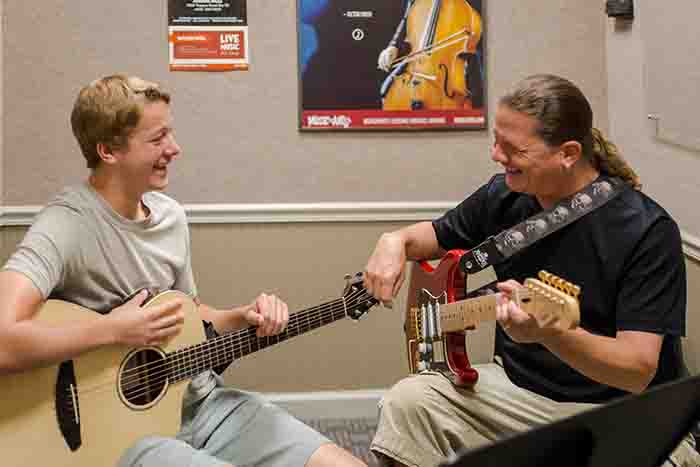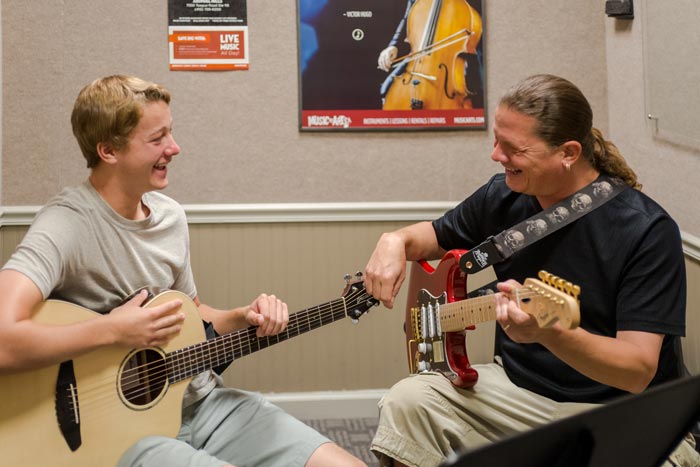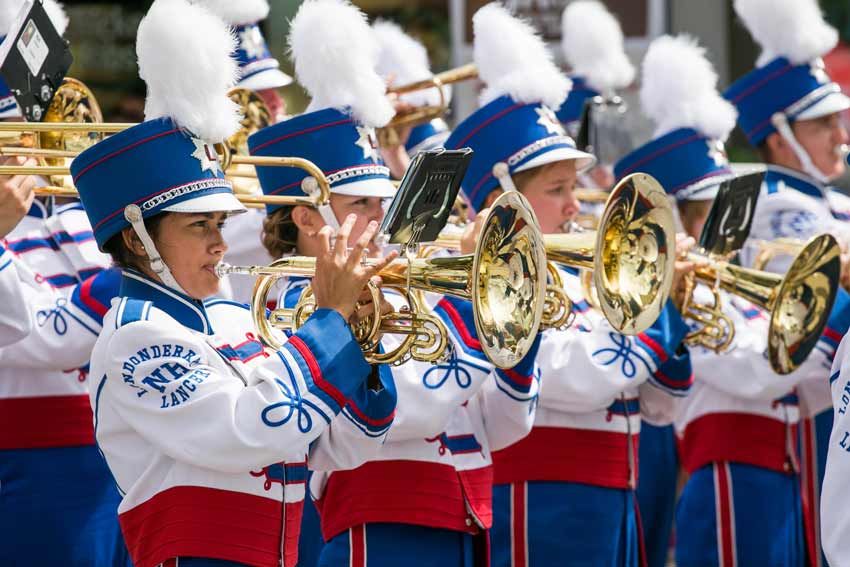May 13, 2015
Unleashing The Teaching Power of Ostinatos


Music educators sometimes forget that they have a powerful teaching tool all around them at their disposal: Catchy popular music. From chart-topping hits to folk music traditions, well-known music is informing the musical world surrounding your students in a big way . One feature that makes popular music so infectious and memorable is the ostinato. Few musical features are able to bridge the gap between classical and popular music styles so effectively, making the ostinato a hugely useful teaching tool. Today, we’re celebrating ostinatos and sharing some guidance about how they can be used to teach your students.
What are ostinatos?
Ostinatos are continually repeated rhythms or musical phrases. From the music of Debussy and Philip Glass to Radiohead and The Kinks, listen to music long enough, and you’ll soon encounter this important musical staple. Ostinatos can consist of both repeating passages of percussion and pitched phrases, including those with harmonies. Ravel’s Boléro is perhaps the most well-known use of ostinatos in a classical context, while The Verve’s orchestrally driven hit “Bittersweet Symphony” is one of the clearest examples of them being featured in popular music.
In rock music, ostinatos often show up in the form of guitar riffs, like in Black Sabbath’s “Iron Man.” Repeating musical figures in jazz, funk, hip hop, pop, and other genres are sometimes referred to as vamps. The repetitive harmonic material in Stevie Wonder’s song “Superstition” is a well-known example.
Uses of ostinatos in music range from providing harmonic structures to developing catchy hooks to get stuck in a listener’s head.
The ostinatos as a teaching tool
Unlike other important staples in music, ostinatos are uncomplicated and easy to understand, making them ideal for teaching. From young children learning about music in the classroom for the very first time, to teenages students honing in their music reading skills, ostinatos have a great deal of teaching value to offer.
Early music education
The inherent simplicity of ostinatos make them hugely effective teaching devices in early music education. Proven teaching methods like Orff Schulwerk use simple repeating patterns of notes through claps, snaps, stomps, and simple instrumentation to introduce young classrooms to musical concepts.
The same qualities that make ostinatos ideal for making music catchy and memorable are the ones that make them ideal early music education tools. These musical devices are simple and can usually be played by musicians and non-musicians alike of virtually any age. Ostinatos are particularly great when it comes to getting a classroom full of kids excited about music. Musical games like call-and-response exercises can pump up young music students and other ostinato explorations help to solidify lesson information in the minds of your students like note symbols and music terminology.
Music theory and notation
Ostinatos are a great teaching tool for music theory and notation because of how often they show up in the musical world. Educators can select well-known ostinatos from both popular and classical music and break them down in theory and notation contexts in lessons. The power of ostinatos here lies in the realm of relatability. Educators often try to explain music as if it’s not something that’s already an inescapable part of the world their students are living in. Ostinatos are a great opportunity to teach notation and theory concepts through instantly recognizable sections of music. Whether it’s syncopation, harmony, intervals, or 16th notes, these simple musical devices can help you teach a variety of music subjects.
Music performance
The inherent simplicity and approachability of ostinatos makes them a perfect way to introduce students to music performance. Students typically begin by clapping or playing basic repeating phrases in unison before learning to perform ideas that are independent of one another. This prepares young students to take on more challenging material in band and orchestral performance settings later on.
Music education is sometimes thought of as a discipline strictly dealing with complicated concepts, but ostinatos are a reminder that some of the most impactful music lessons are simple and instantly memorable.







